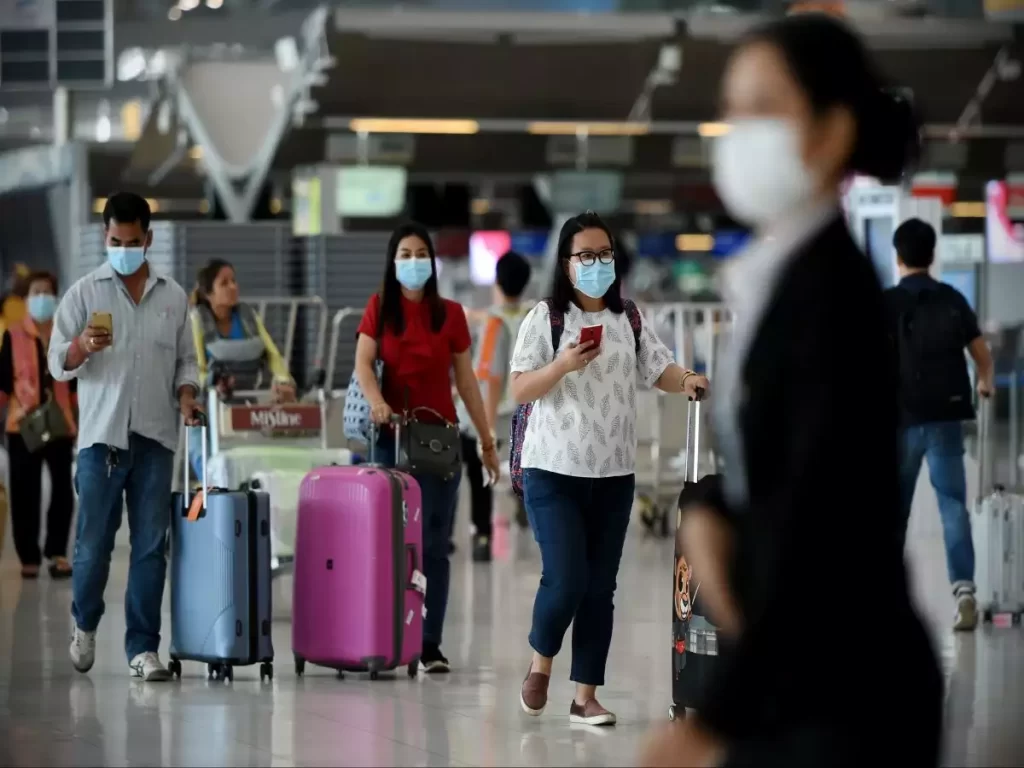Travel Restrictions in China

The CDC is empowered to impose travel restrictions for individuals from certain countries. This is to protect against the spread of disease, and to keep people from traveling while contagious. It can also issue travel restrictions in response to a public health emergency or outbreak. To apply for a travel restriction, an individual must first meet a set of criteria. These requirements include being on a Do Not Board list and being exposed to certain infectious agents.
Travel restrictions have been controversial, and not everyone understands their benefits. Some scientists say the restrictions have a detrimental effect on public health and should be avoided whenever possible. While there is no clear evidence that travel restrictions reduce the spread of disease, they may delay the arrival of a disease by several days. In addition, limiting travel to affected countries can impede the flow of public health and humanitarian supplies.
Despite these concerns, travel restrictions have been enacted in dozens of countries. One example is the US, which has implemented a partial travel ban on people from China. This ban was announced by President Donald Trump in late January and took effect on February 2, 2020. This ban does not apply to American citizens or lawful permanent residents. It also required people to undergo medical screening before traveling to the country. In addition to the United States, 36 other countries have instituted travel restrictions on people traveling from China.
Despite these health concerns, travel restrictions in China vary by city. Some cities are more contagious than others, so if you’re planning on visiting the country, it’s important to check the requirements for that city before traveling. Travel restrictions in China can change without prior notice, so it’s best to check with your airline directly. If you don’t comply with the requirements, you may face fines or even arrest.
If you’re traveling with a group, you may wish to consider visiting via an Electronic Customs Declaration Gate. This program can greatly reduce the chances of human-to-human contact at immigration and customs. The only time when you won’t need to go through a traditional immigration and customs process is if you are transiting through Japan. However, you must make sure that you stay at the same airport throughout the trip. It’s important to note that you can’t move from one Japanese airport to another without a special permit.
If you are traveling with children, you may want to check if your airline has any restrictions or vaccination requirements. Visitors who are at least 12 years old must be vaccinated against Covid-19. Unvaccinated travelers may have to undergo a special screening if they don’t have a negative antigen test. However, if you are able to prove your vaccination status prior to your trip, it will help you avoid any health risks.
Travel restrictions vary by country. For instance, travelers may be required to take the COVID-19 test before leaving for Japan. This test may be administered to those who have been in contact with a person who is infected with Covid-19 recently. For more information, visit the Ministry of Health, Labor, and Welfare’s website.





